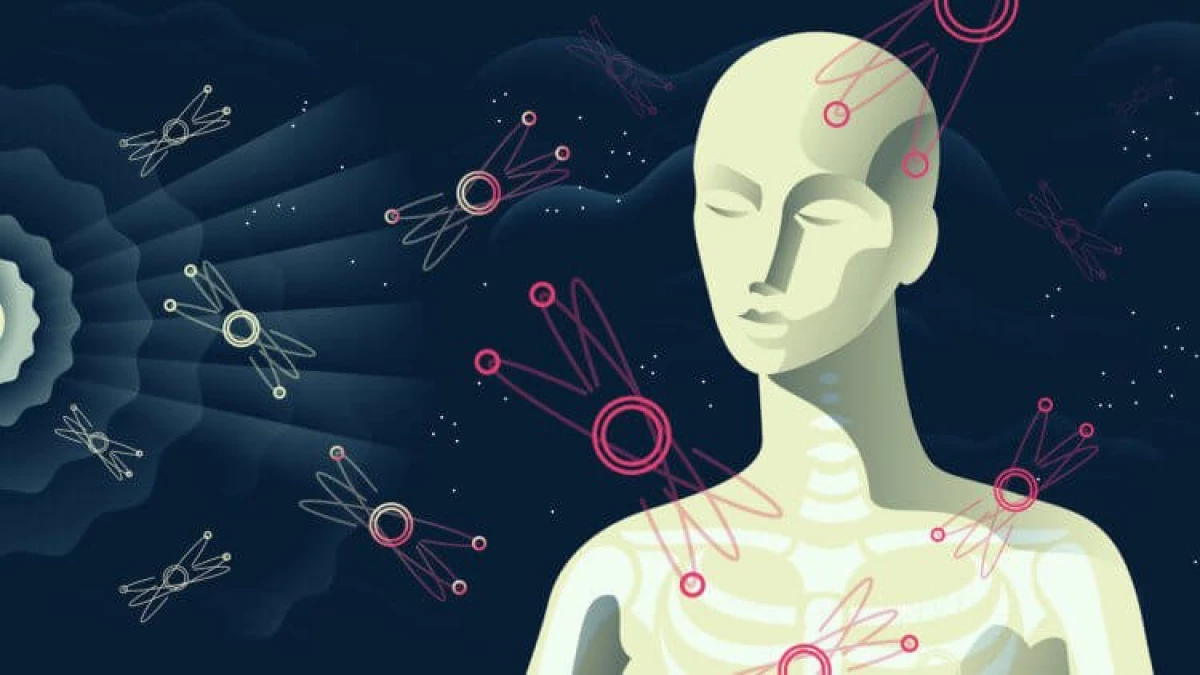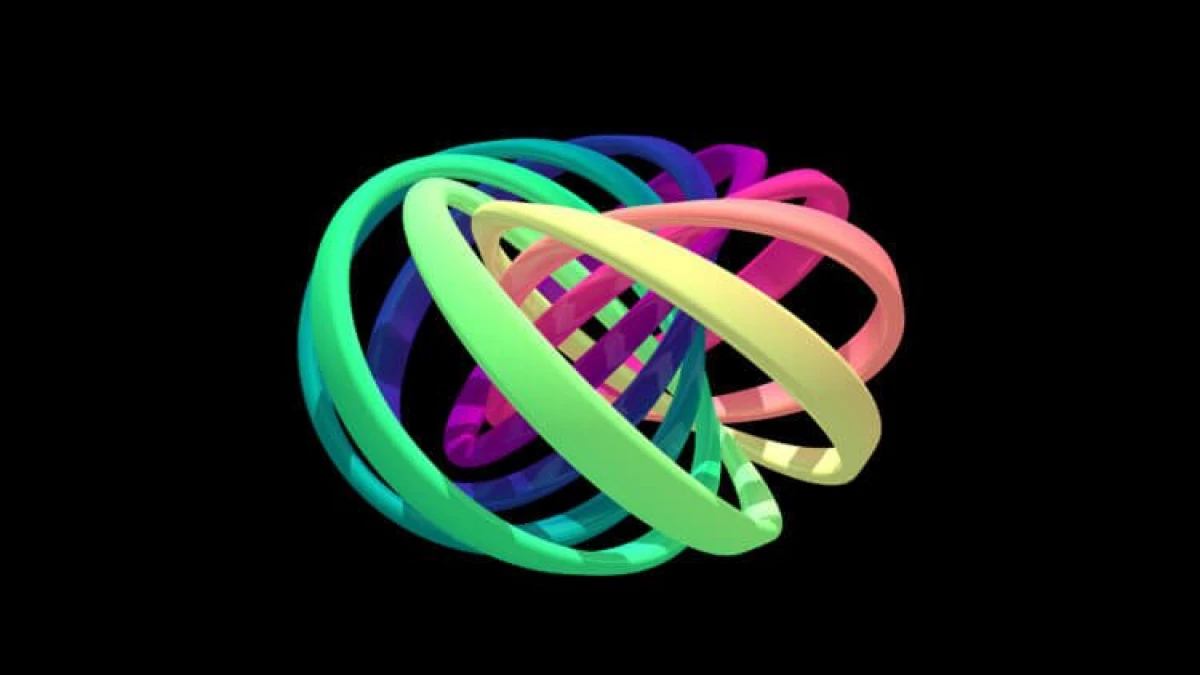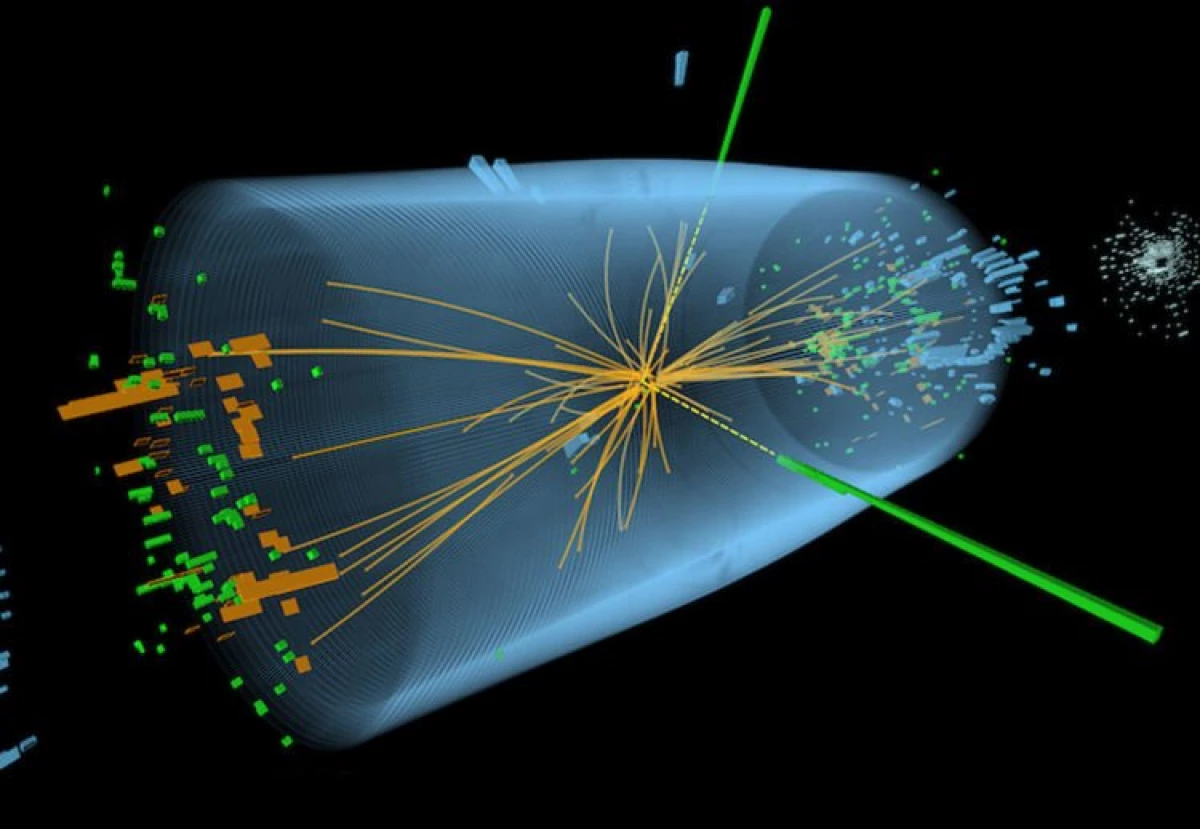2020 will remember the world not only as a year who broke all imaginable and inconceivable temperature records, but also as a period of human history, during which the existence of the third kingdom of particles called "Eniona", which exist in two dimensions at the same time. In general, speaking of particle physics, it should be noted that until recently there were only two categories or kingdoms - bosons and fermions. The criterion for dividing elementary particles into two camps is the value of the back, quantum number, which characterizes its own moment of the particle pulse. In other words, if the spin separately taken particles is determined by an integer - in front of you boson, and if the half-ranger is fermion. This year, the researchers discovered the first signs of the existence of the third kingdom of particles - enions, whose behavior is not like the behavior of neither bosons or fermions. We tell what Enionas is and why their discovery is of great importance for modern physics.

What is "Eniona"?
Each last particle in the universe is from cosmic rays to quarks - either fermion or boson. These categories divide the building blocks of the universe into two different kingdoms. In the past 2020, researchers discovered the first signs of the existence of the third kingdom of particles - Enionas. Interestingly, Enions do not behave like fermions, nor like bosons; Instead, their behavior is somewhere in the middle.
In the article, published in the summer of 2020, in the journal Science, physicists discovered the first experimental evidence that these particles do not fit into any of the well-known physicists of the kingdoms. "We used to have bosons and fermions, and now we have this third kingdom of elementary particles," said Frank Wilchk, the Nobel Prize winner in physics from the Massachusetts Institute of Technology in an interview with QUANTA MAGAZINE.
Since the laws of quantum mechanics, describing the behavior of elementary particles, are very different from the well-known laws of classical physics, they understand them quite difficult. To do this, researchers offer to imagine ... Figure loops. All because when the enions are woven, one of them is "wrapped" around the other, changing quantum states.

Even more exciting articles on the laws of quantum mechanics and the latest discoveries in the field of physics, read on our channel in Yandex.Dzen. There are regularly published articles that are not on the site.
So imagine two indistinguishable particles similar to electrons. Take one, and then wrap it around another so that it returns to where I started my way. At first glance it may seem that nothing has changed. And indeed, on the mathematical language of quantum mechanics, two wave functions describing the initial and final states must be either equal to or have a deviation into one unit. (In quantum mechanics, you calculate the likelihood that you observe, eating a wave function in a square, so that this coefficient - 1 is washed away).
If the wave functions of the particle are identical, then before you bosons. And if they are rejected by 1 coefficient, then you look at Fermions. And although the conclusion obtained in the course of a new study may seem purely mathematical exercise, it has serious consequences for modern physics.
Three kingdoms of elementary particles
Researchers also note that fermions are antisocial members of the world of particles, since they never occupy the same quantum state. Because of this, electrons that belong to the Fermion class fall into various atomic shells around the atom itself. Of this simple phenomenon there is a majority of space in the atom - an amazing variety of periodic system and all chemistry.
READ ALSO: Scientists approached the understanding why there is a universe
Bosons, on the other hand, are herd particles that have a happy ability to combine and separate the same quantum state. Thus, photons that belong to the class of bosons can pass through each other, allowing the light rays to move freely, and not dissipate.

But what happens if you have one quantum particle around another? Will it return to the original quantum state? To understand this or not, it is necessary to deepen in a short course of topology - mathematical examination of forms. It is believed that two forms are topologically equivalent if one can be transformed into another without any additional actions (gluing or separation). Donut and coffee mug, as the old saying says, are topologically equivalent, because one can be smoothly and continuously formed to another.
Consider a loop that we did when one particle rotated around the other. In three dimensions, this loop can be squeezed to the point. Topologically, it looks like if the particle did not move at all. However, in two dimensions of the loop can not shrink, it stuck on another particle. This means that it will not work out the loop in the process. Because of this restrictions - detected only in two dimensions - the loop of one particle around the other is not equivalent to the residence of the particle in the same place. Yes, the head goes around. That is why physicists needed the third class of particles - Eniona. Their wave functions are not limited to two decisions that define fermions and bosons and these particles are no other.

In the early 1980s, physics for the first time used these conditions for observing the "fractional quantum Hall effect", in which electrons are collected together to create so-called quasiparticles that have a stroke of one electron. In 1984, in the fundamental two-page work, Frank Willchek, Daniel Alovaya and John Robert Sriffera showed that these quasiparticles can be anyhow. But scientists never observed such behavior of quasiparticles, and therefore could not prove that the anions are not alike any fermions or bosons.
It's interesting: why quantum physics is akin to magic?
That is why a new study is revolutionary - physics finally managed to prove that Enionas behave like a cross between the behavior of bosons and fermions. Interestingly, in 2016, three physics described an experimental setup, resembling a tiny intron collider in two dimensions. Feb and his colleagues built something similar to measure the fluctuations of currents in collider.
They managed to show that the behavior of enions exactly corresponds to theoretical predictions. In general, the authors of scientific work hope that confusing enions will be able to play an important role in creating quantum computers. Learn more about what is a quantum computer and how it works, read in the material of my colleague Ramis Ganiev.
